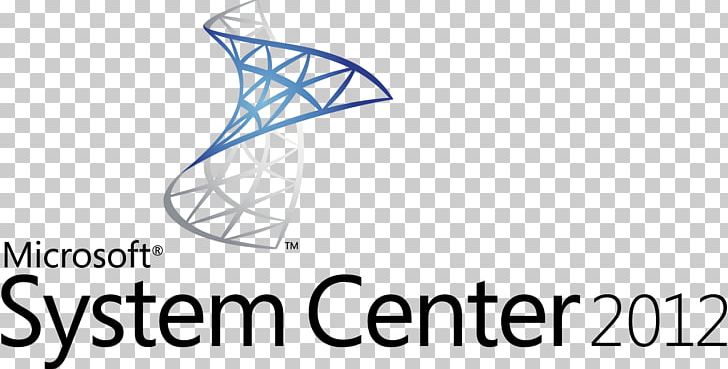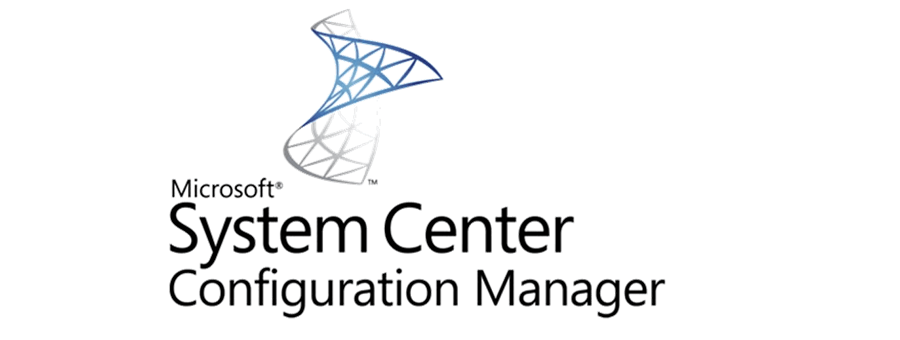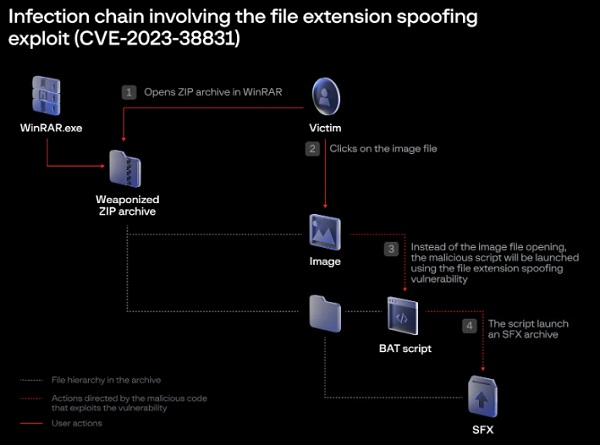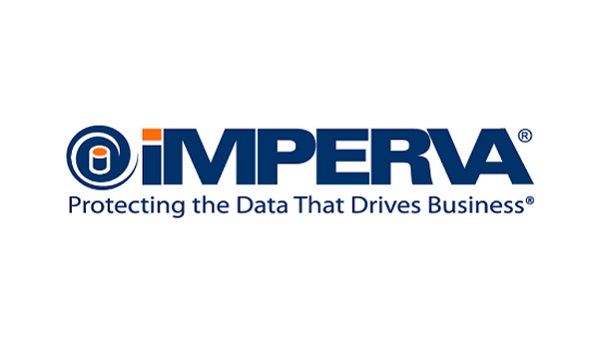Overview and usage of Microsoft SCCM for managing organization
System Center Configuration Manager (SCCM) is a Microsoft software tool used for managing large groups of computers running Windows operating systems. It provides a centralized way to manage and distribute software updates, monitor system status, and perform remote administration tasks. Latest version of Microsoft System Center Configuration Manager (SCCM) version is now called as Microsoft Endpoint Manager or Microsoft Endpoint Configuration Manager
Usage:
SCCM or ECM is used in enterprise environments to manage and maintain the security and compliance of a large number of devices. It can be used to manage and deploy software updates, monitor system health, perform remote control, and inventory management. With SCCM, IT administrators can automate software deployment, making it easier to keep all systems up to date and secure.

See more: Strelastealer malware targeting Outlook and Thunderbird users
Pros:
- Centralized management: SCCM provides a single point of control for managing all devices in the network, making it easier for IT administrators to keep track of software updates, security patches, and other important tasks.
- Automated software deployment: SCCM can be used to automate the deployment of software updates, which saves time and reduces the risk of human error.
- Inventory management: SCCM provides detailed information about the hardware and software configuration of each device in the network, making it easier to manage inventory and track assets
- Improved security: SCCM helps to improve security by providing a centralized way to manage software updates and security patches, reducing the risk of vulnerabilities.
See more: Key components of zero trust network access system – ZTNA
Cons:
- Complexity: SCCM can be complex to set up and maintain, particularly in large enterprise environments. IT administrators may need specialized training to effectively manage the software.
- Resource requirements: SCCM requires significant hardware and software resources, which can be a challenge for smaller organizations.
- Integration challenges: Integrating SCCM with other software tools can be challenging, particularly in complex network environments.
- Cost: SCCM is a licensed software tool, which can be expensive for organizations with a large number of devices.
In conclusion, SCCM is a powerful tool for managing large groups of Windows devices in enterprise environments. While it has many benefits, such as improved security and centralized management, it can also be complex and resource-intensive. IT administrators should carefully evaluate their needs and resources before implementing SCCM to ensure that it is the right solution for their organization.
We hope you found article interesting. For more exclusive content follow us on Facebook, Twitter and LinkedIn






